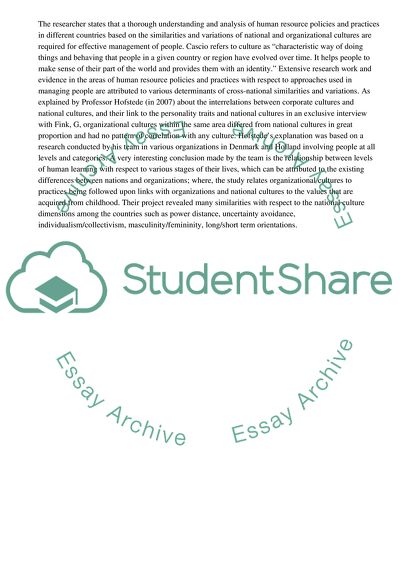Cite this document
(American Theories of Motivation and Leadership Assignment, n.d.)
American Theories of Motivation and Leadership Assignment. Retrieved from https://studentshare.org/management/1723047-international-organizational-behaviour
American Theories of Motivation and Leadership Assignment. Retrieved from https://studentshare.org/management/1723047-international-organizational-behaviour
(American Theories of Motivation and Leadership Assignment)
American Theories of Motivation and Leadership Assignment. https://studentshare.org/management/1723047-international-organizational-behaviour.
American Theories of Motivation and Leadership Assignment. https://studentshare.org/management/1723047-international-organizational-behaviour.
“American Theories of Motivation and Leadership Assignment”, n.d. https://studentshare.org/management/1723047-international-organizational-behaviour.


